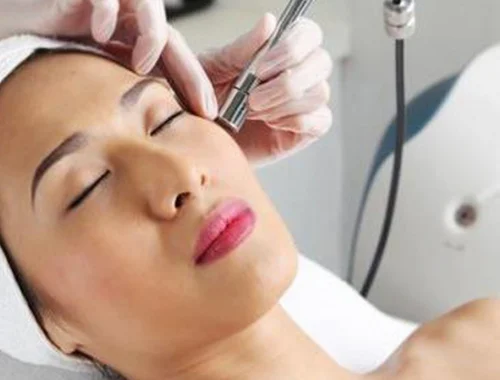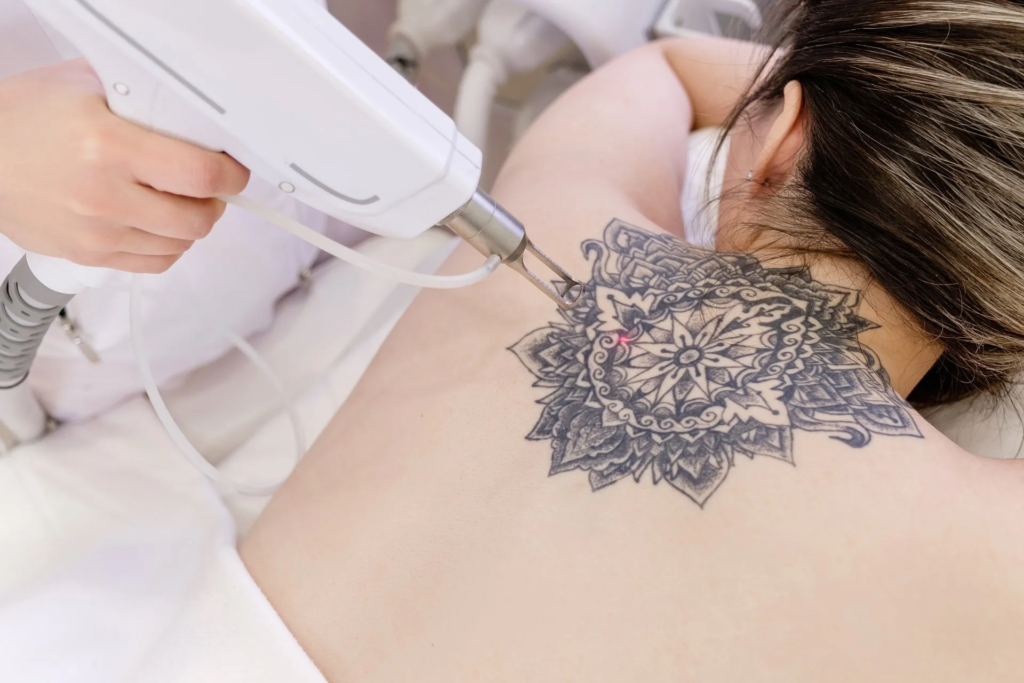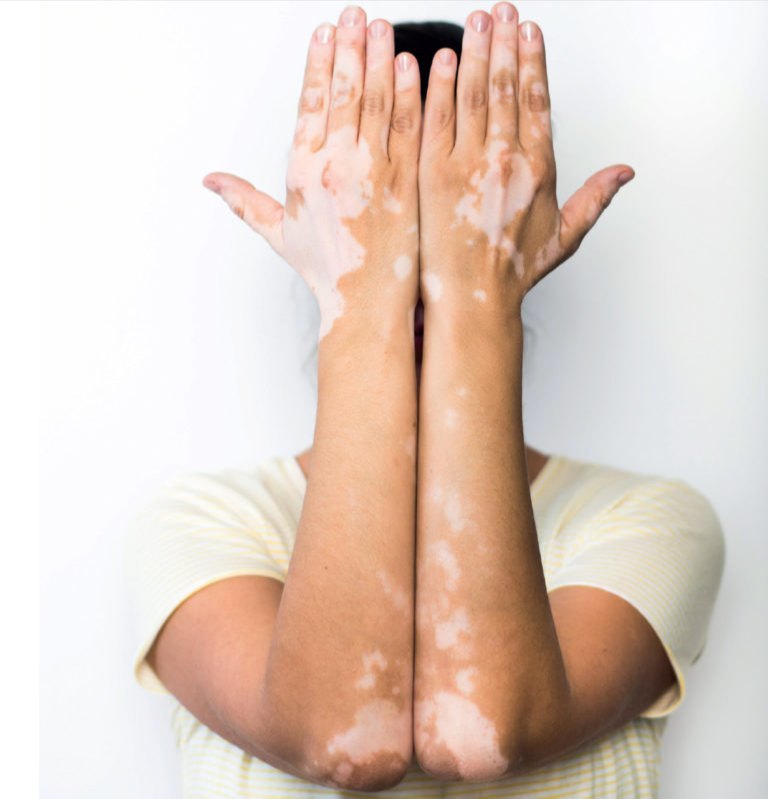Vitiligo treatment is an important procedure because it offers hope of getting better-looking skin for those with the skin condition. In most cases, the results take time to show, but it is always a worthwhile journey in the end.
In this article, we explore the different vitiligo treatment options offered at reputable clinics like The Esthetic Clinics and, most importantly, what to expect after the treatment.
Vitiligo treatment options
There are multiple treatments a professional practitioner like Dr. Rinky Kapoor can recommend for vitiligo, depending on the patient’s expectations, their type of skin, and the severity of the condition. Here are some of the most popular options:
Topical corticosteroids: these medications come in the form of creams and ointments and are to be applied to the affected areas to reduce inflammation and slow down the vitiligo progression.
Topical Calcineurin Inhibitors: like topical corticosteroids, these also work to inhibit the progression of vitiligo and suppress inflammation and are also suitable for delicate areas such as the face.
Phototherapy: during this treatment, the skin specialist uses ultraviolet light, such as UVB or PUVA, to stimulate pigmentation in the affected areas.
Depigmentation: depigmentation is also an option, especially in severe cases. This helps the patient achieve a more even skin tone.
What to expect after treatment
Here are some things you can expect after treatment:
Improved pigmentation: regardless of the treatment option a patient chooses, as long as you work with a qualified and experienced specialist, you can expect to experience improved pigmentation.
Don’t expect immediate results; the effects of the treatment will be seen and felt at varying times depending on the treatments used. How patients respond to treatments also varies from one patient to another. Your specialist will explain to you how the process takes place and when you can expect to see changes.
Follow-up appointments: vitiligo treatment procedures don’t just end with treatments. The doctor will need to closely monitor your skin and how it is responding to the treatment. This will help identify any risks of complications early on and address them before they worsen. It is also important that the patient involve the doctor every step of the way and immediately report any changes or reactions that seem out of place. Make sure to visit the vitiligo treatment clinic for all the scheduled appointments.
Post-treatment care: expect an experienced specialist to give you direction on how to care for your skin after the treatment. Post-care treatment is an important part of any treatment procedure and plays a big part in the end results. The instructions will be customized depending on the treatment you received to help promote optimal results.
Lifestyle changes: it is important to consider some lifestyle factors in order to maximize the effectiveness of the treatment and promote optimal results. For example, shielding your skin from the sun You may need to wear protective clothes that cover most of your skin, like long pants, long-sleeved shirts, and wide-brimmed hats. You may also need to invest in a high-SPF sunscreen, at least 30 and above, to further enhance protection from UV rays.





